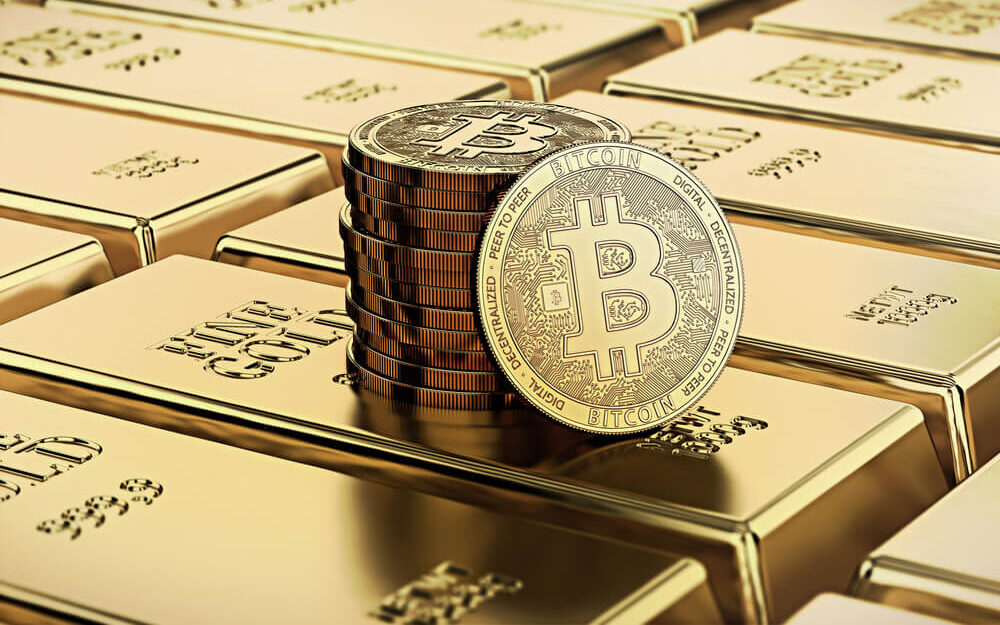Wow, the Bank of England discussing negative interest rates. If they adopt this, they would be paying you to borrow. You couldn’t buy a better advertisement for #Bitcoin but u can take their money and go long bitcoin 😂🚀 https://t.co/Bjdos2Ml2l
— Tyler Winklevoss (@tylerwinklevoss) September 17, 2020
The Bank of England set the Twittersphere on fire this week by suggesting that negative interest rates were a possibility “should the outlook for inflation and output warrant it.”
With the economic data coming in a little better than expected, the BoE opted not to go that direction. But the European Central Bank, the Bank of Japan and a handful of smaller European central banks have already had their benchmark rates below zero for a while, and the Federal Reserve has broached the idea.
And yes, in case you’re still uncertain as to how negative interest rates work, you get paid to borrow.
Rather than pay the bank interest, you get paid. Denmark became the first country in the world to have negative mortgage rates last year. That actually happened.
The flip side is that your savings get penalized. Rather than receive interest on your savings, you have to pay. It’s just as crazy as it sounds.
Winklevoss: Negative Rates = Bullish for Crypto
Tyler Winklevoss (yes, that Winklevoss, if you saw the 2010 film The Social Network) considers this wildly bullish for bitcoin. And he makes a good point.
It’s hard to image financial alchemy like this not having major unintended consequences. Already, easy money from the Federal Reserve and other central banks has inflated a massive bubble in stocks, real estate and other assets.
It hasn’t created widespread consumer price inflation — at least not yet. And it also has yet to create a crisis of confidence in national currencies.
But we’re also still in the early innings.
Think back to 2008 and the aftermath. The fed funds rate dropped to zero and didn’t start to move higher again until late 2015, seven years later.
Now, we’ll see if the COVID aftermath proves to be as bad as the 2008 mortgage meltdown.
But if rates were anchored at zero for seven years following the last crisis, it’s not unreasonable to expect them to stay close to those levels for the next seven years. And this assumes they stay at zero and don’t drop into negative territory.
That means we’re going to have a lot more easy money sloshing around for much longer.
Winklevoss is a major player in cryptocurrency, so it makes sense that he would talk his book a little.
Alternative to Bitcoin
I’m a bit more open-minded on gold, however. And the bullish case for both is essentially the same. Governments can print fiat currencies at will.
Not the case with gold and bitcoin. Their supply is limited. And while this doesn’t guarantee that they will be a store of value, it certainly makes it more likely.
Gold has been trending higher since late 2018, and the COVID crisis really put some additional wind in its sails. The price of gold is up by nearly a quarter this year.
I believe much larger gains are to come. As I wrote last month, even Warren Buffett is getting in on the action. The Oracle added shares of Barrick Gold Corp (NYSE: GOLD) to his portfolio.
I’m not the doom-and-gloom sort. I don’t believe that the dollar is going to blow up in a hyperinflationary death spiral any time soon.
But just in case I’m wrong … it might make sense to have a little gold, bitcoin or other currency hedge in the portfolio.
Money & Markets contributor Charles Sizemore specializes in income and retirement topics. Charles is a regular on The Bull & The Bear podcast. He is also a frequent guest on CNBC, Bloomberg and Fox Business.
Follow Charles on Twitter @CharlesSizemore.
